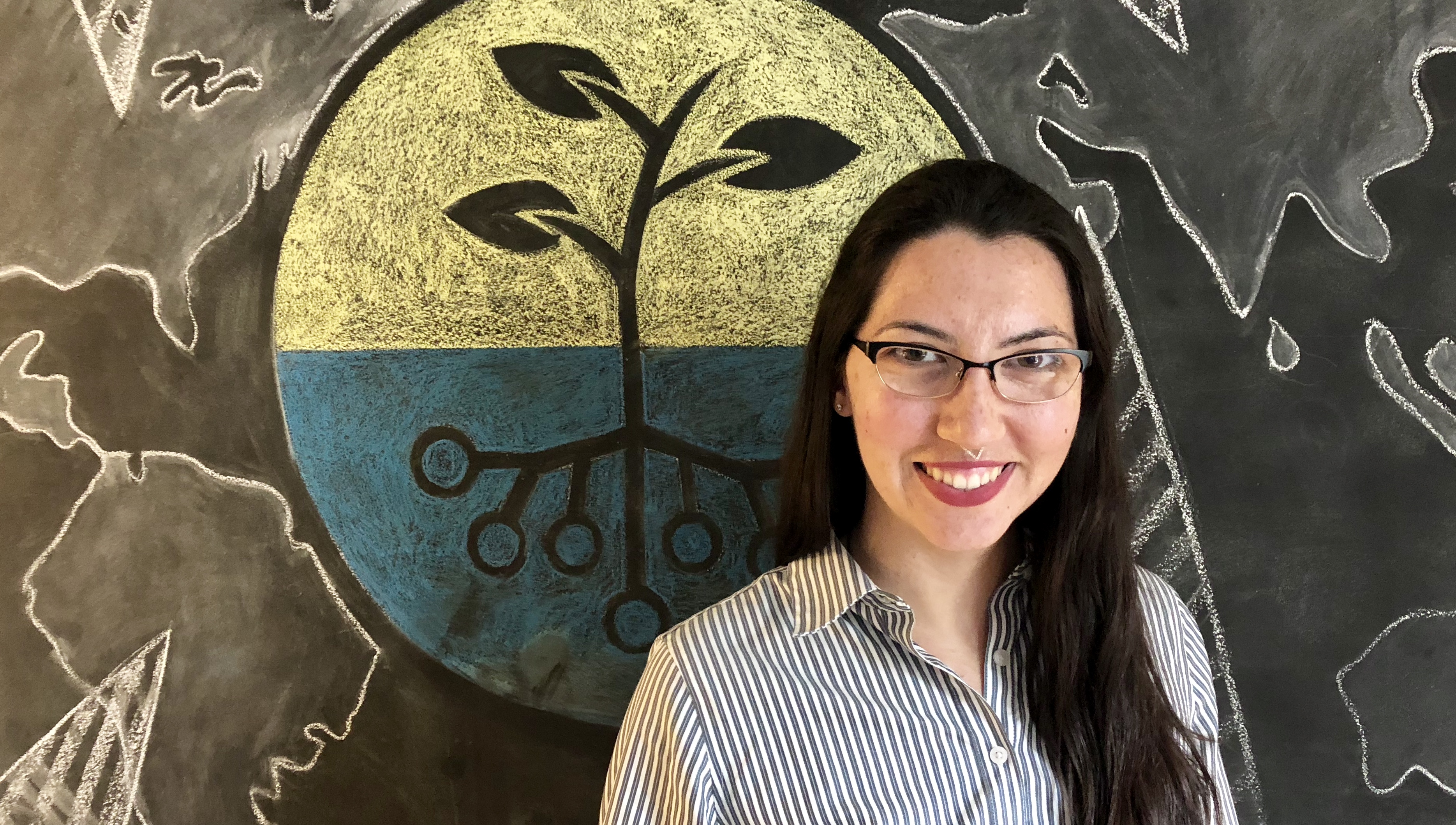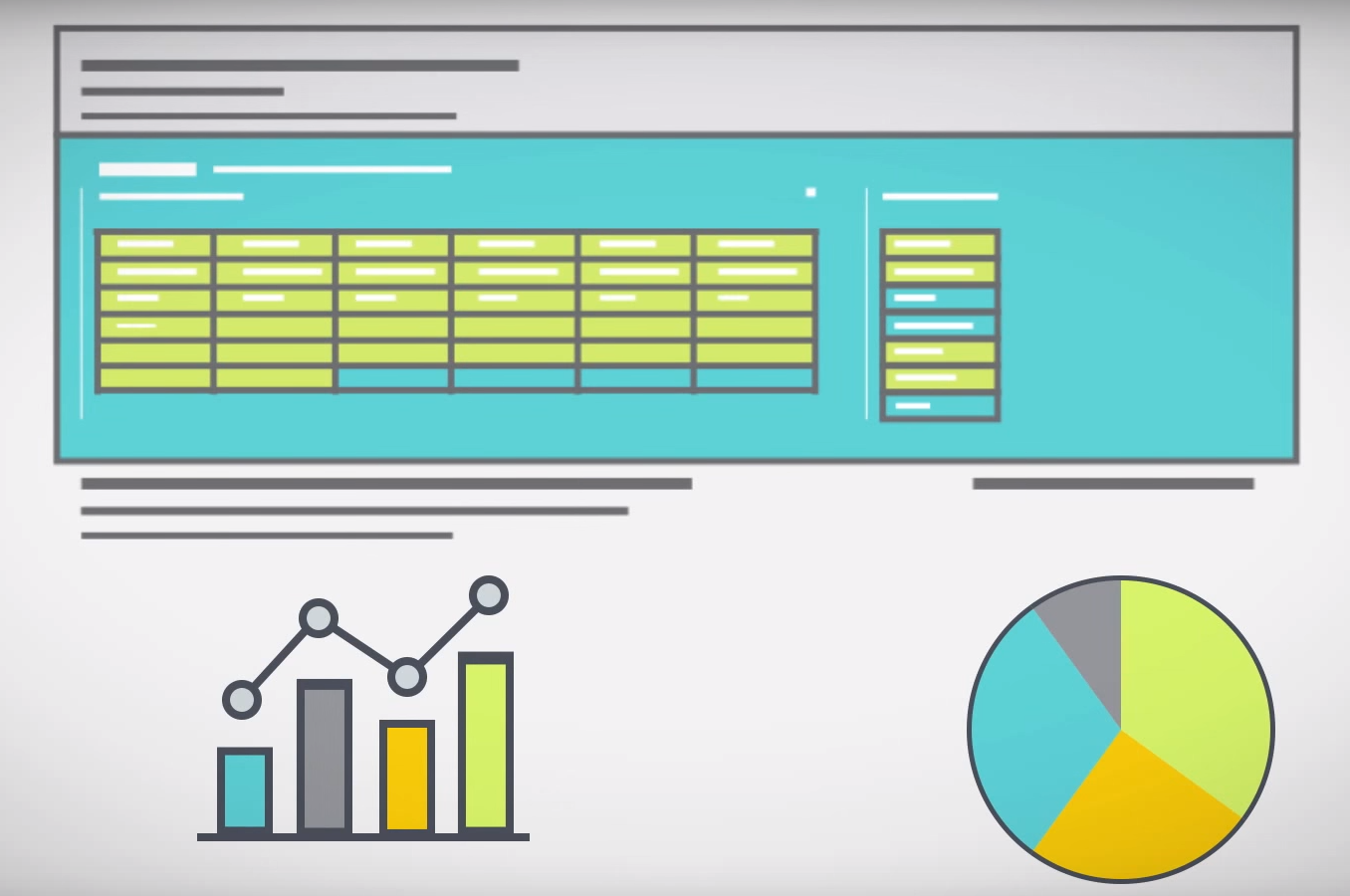To the billion individuals who lack access to electricity, the promise of new technologies for development pales in comparison to the more immediate challenge of keeping their home lit and phone charged. I recently spoke with Roey Rosenblith, Director of Village Energy Uganda, about his work expanding access to safe solar energy in a locally sustainable manner.
 The impetus for Village Energy was the high cost associated with using kerosene lamps for lighting. Not only does up to 30% of household income go to purchasing fuel but accidents can cause fires or burns. The Village Energy system uses solar panels to power three lamps and a small radio. Roey explained that he imports solar panels, battery packs and LEDs from China and assembles the components in Uganda using recycled plastic bottles decorated by local artisans as lampshades. Assembling the system locally has a number of benefits for the company and community. While the finished system is bulky, the constituent electrical components take up substantially less room decreasing import costs. The process also increases local employment while eliminating the need for additional imported plastic waste.
The impetus for Village Energy was the high cost associated with using kerosene lamps for lighting. Not only does up to 30% of household income go to purchasing fuel but accidents can cause fires or burns. The Village Energy system uses solar panels to power three lamps and a small radio. Roey explained that he imports solar panels, battery packs and LEDs from China and assembles the components in Uganda using recycled plastic bottles decorated by local artisans as lampshades. Assembling the system locally has a number of benefits for the company and community. While the finished system is bulky, the constituent electrical components take up substantially less room decreasing import costs. The process also increases local employment while eliminating the need for additional imported plastic waste.
Village Energy is also expanding into the area solar energy consulting. In the process, it supports secondary entrepreneurial enterprises which would be impossible without access to reliable power. One project currently underway is the development of a solar powered village telephony service built on a wireless mesh network, similar in principal to Village Telco. The phones would provide cheap or free calling though VoIP and could operate far from the electrical grid. Roey is also working with a local telecommunication firm to develop solar pay phones and a separate business interested in solar battery switching stations for electric vehicles.
One of the most important challenges being addressed is how to expand access to a system that while saving users money over its lifetime is an overwhelming capital investment. Current payment options are either having a microfinance institution pay the provider and take payments from the end user with interest or having the user pay installments without interest and receive the system after it has been fully paid off. A new technique being developed by Simpa Networks allows users to purchase the system with a minimal down payment and then gradually pay in full through mobile transfers based on their actual energy usage. If they fall delinquent, the system is shut down until they resume payments. This strategy lets households use the system immediately while reducing risk to the provider.
Roey is confident that Africa will “be the first continent where the majority of people get their energy from renewable sources.” He’s at the forefront of a global movement pairing innovative financing options with technical know how and is doing a great job building local technology expertise.



